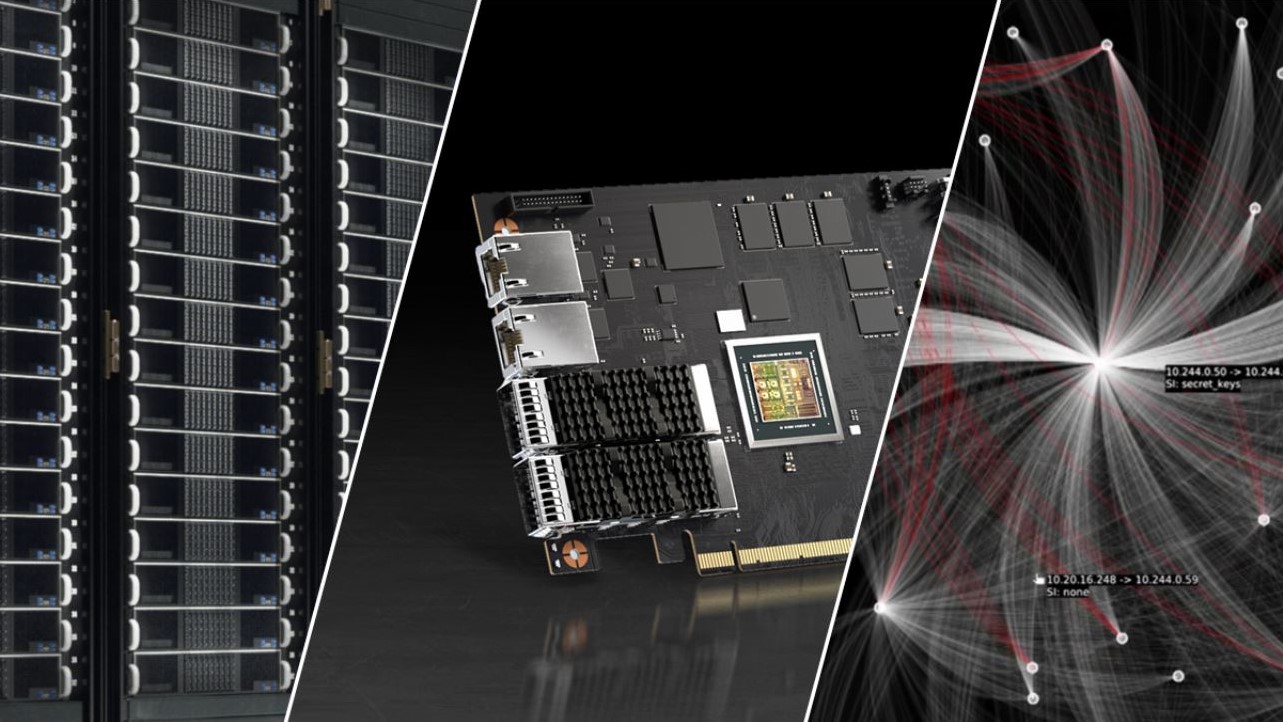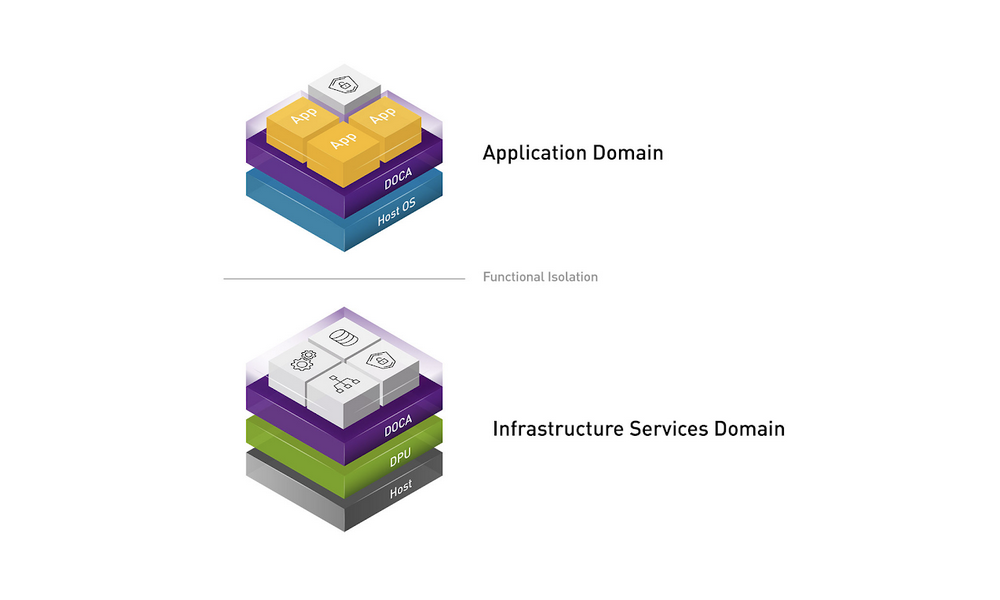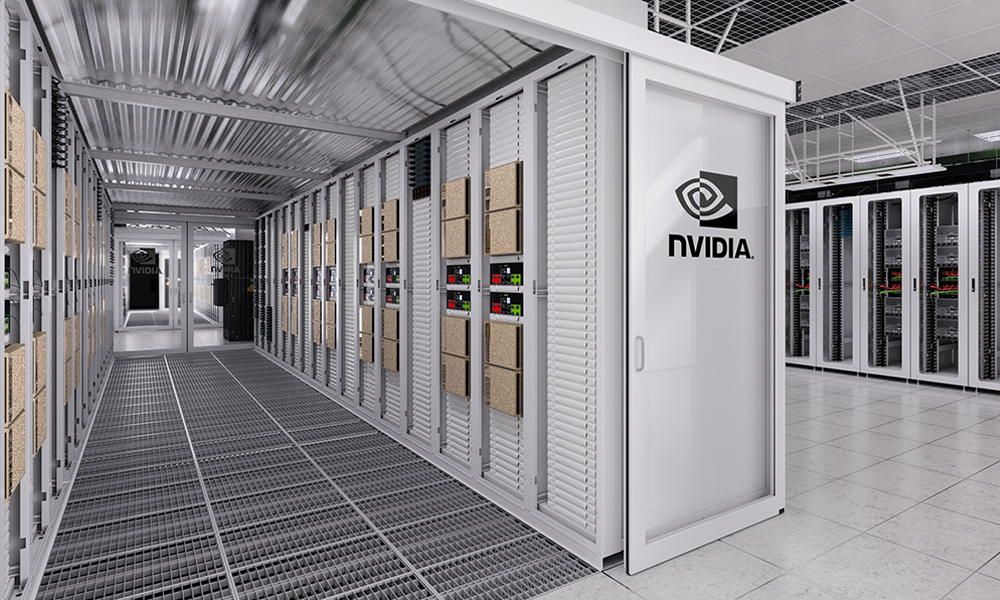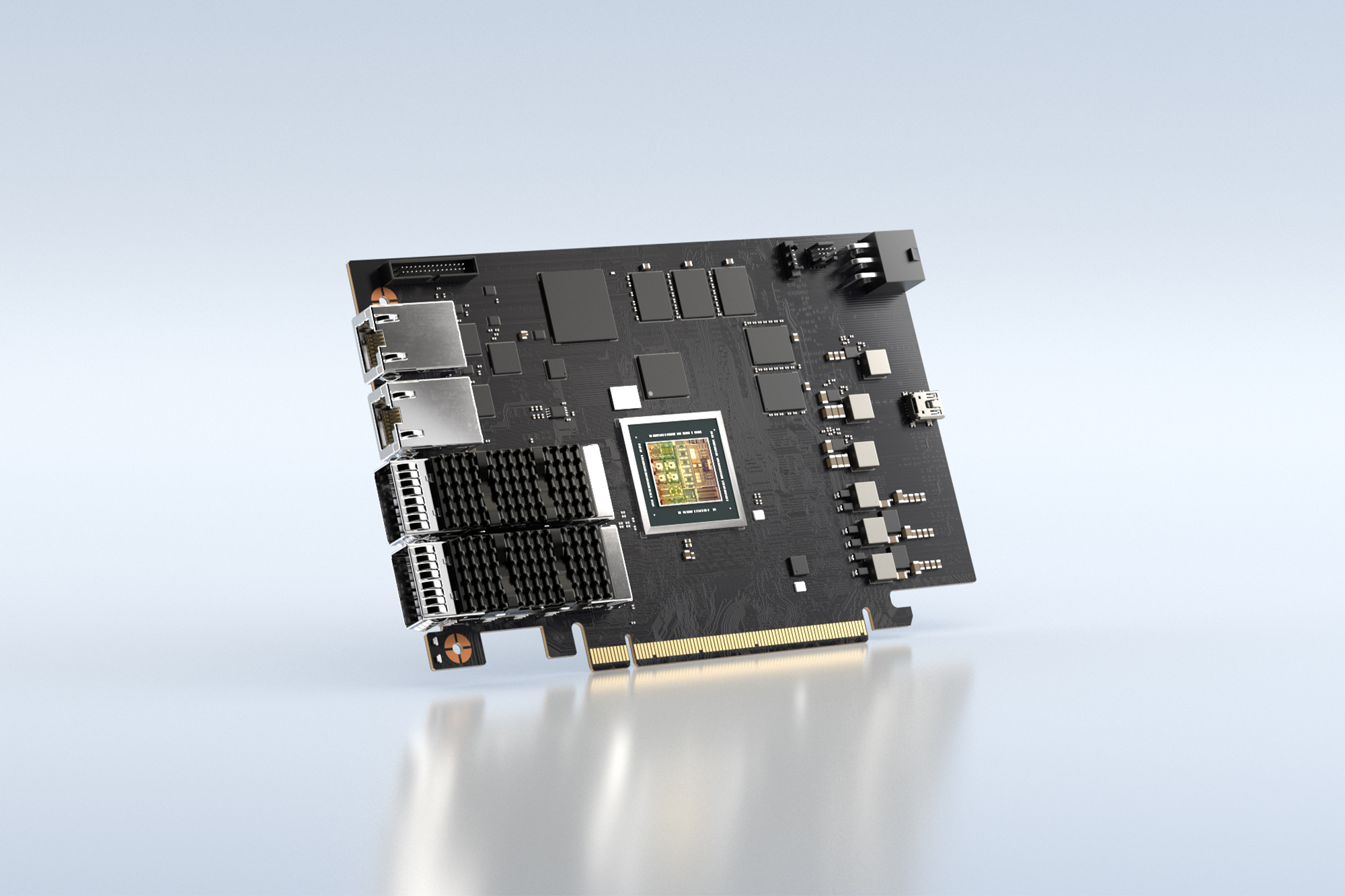As enterprises continue to shift workloads to the cloud, some applications need to remain on-premises to maximize latency performance and meet security, data sovereignty, and compliance policies. Microsoft Azure Stack HCI is a hyperconverged infrastructure (HCI) stack delivered as an Azure service. Providing built-in security and manageability, Azure Stack HCI is ideally positioned to run production workloads and cloud-native apps in core and edge data centers.
NVIDIA BlueField data processing unit (DPU) is an accelerated data center infrastructure platform that unleashes application performance and system efficiency. BlueField DPUs help cloud-minded enterprises overcome performance and scalability bottlenecks in modern IT environments. This is achieved by offloading, accelerating, and isolating software-defined infrastructure workloads.
Marking a major leap forward in performance and productivity, Microsoft has demonstrated a prototype of the Azure Stack HCI platform accelerated on NVIDIA BlueField-2 DPUs, delivering 12x CPU resource efficiency and 60% higher throughput. The DPU-accelerated HCI platform enables significant total cost of ownership (TCO) savings by requiring fewer servers and lower power and space to operate a given workload.
Performance and efficiency gains
Azure Stack HCI is a software-defined platform that runs the Azure networking stack for connecting virtual machines (VMs) and containers together. Software-defined networks deliver rich functionality and great flexibility and enable enterprises to easily scale from a single on-premises data center to hybrid and multi-cloud environments.
Despite the many benefits of software-defined networks, those that run exclusively on CPUs are resource constrained. They’re known for stealing away expensive cores that would otherwise be used for running business applications, taking a toll on performance and scalability. In addition, software-defined network (SDN) technologies have had a longstanding conflict with hardware-accelerated networking (namely SR-IOV). This forces cloud architects to prioritize one over the other, often at the cost of poor application performance or higher TCO.
NVIDIA BlueField DPUs are designed to deliver the best of both worlds: the functionality and agility of SDNs with the performance and efficiency of hardware-accelerated networking (SR-IOV). BlueField offloads the entire SDN workload from the host CPU, freeing up CPU cores for line-of-business applications and creating major TCO savings.
Running in the BlueField Arm processor, the SDN pipeline is mapped to the BlueField-accelerated programmable pipeline to increase throughput and packet processing performance and reduce latency. By offloading and accelerating functions of the Azure Stack HCI SDN on NVIDIA BlueField-2 DPUs, the Microsoft team is able to achieve massive performance and efficiency gains (Figure 1).

The test results indicate that BlueField-2 delivers line-rate, software-defined networking at 96 Gb/s with practically zero CPU utilization compared to only 60 Gb/s that were utilized over 8 CPU cores. Those 8 cores are now freed up to run business workloads with 60% faster networking.
To show an apples-to-apples comparison and because the x86 CPU was not able to reach
~100 Gb/s in the test, the number of CPU cores that would have been required to support 96 Gb/s have been extrapolated. Figure 1 shows that 12 CPU cores would have been required to support 96 Gb/s, which means BlueField-2 saves 12 CPU cores to support the same throughput.
This savings enables enterprises to design, deploy, and operate fewer servers to deliver the same business outcomes, or alternatively, achieve better outcomes based on the same number of servers.
From a functional standpoint, the Microsoft Azure Stack HCI platform supports a wide range of SDN policies: VXLAN network encapsulation and decapsulation (encap/decap), access-control list (ACL), quality-of-service (QoS), IP-in-IP encapsulation, network address translation (NAT), IPsec encryption/decryption, and more. The traditional configuration of accelerated networking (SR-IOV) for a VM would require bypassing this rich set of policies for the benefit of achieving higher performance.
The Azure Stack HCI solution prototype, now offloaded and accelerated on the BlueField DPU, delivers both advanced SDN policies without sacrificing performance and efficiency. See Evolving Networking with a DPU-Powered Edge for more details.
Summary
While shifting workloads to the cloud, enterprises continue to prioritize on-premises and edge data centers to meet stringent performance and security requirements. Next-generation applications including machine learning and artificial intelligence increasingly rely on accelerated networking to realize their full potential. The Microsoft Azure Stack HCI on NVIDIA BlueField DPUs prototype delivers on the promise of hybrid cloud and accelerated networking for businesses at every scale.
Learn more about NVIDIA BlueField DPUs.










